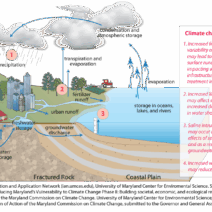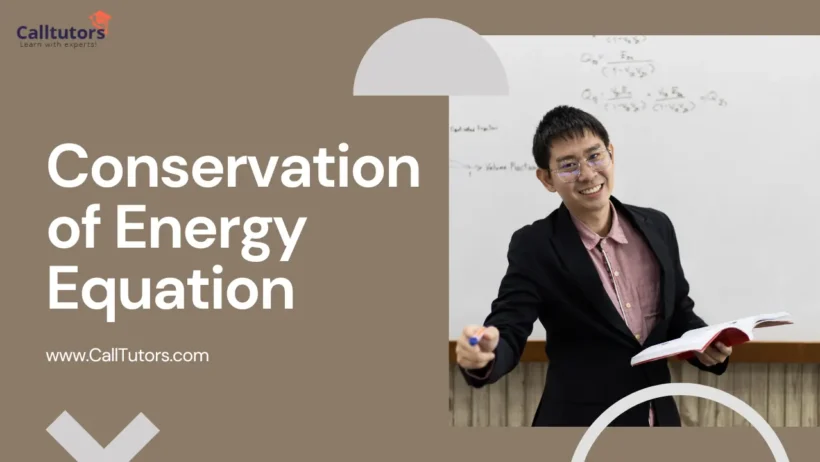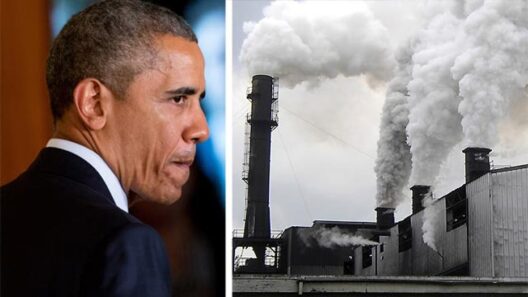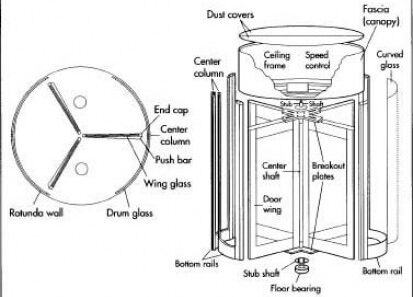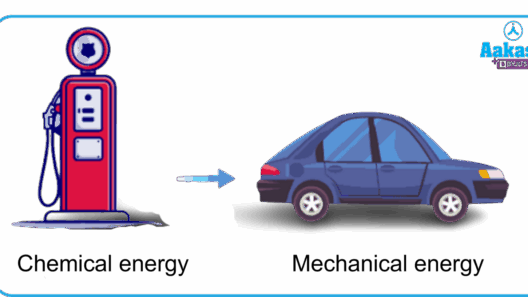Conservation of energy is a fundamental principle in physics that asserts energy cannot be created or destroyed, only transformed from one form to another. This principle is mathematically represented by the conservation of energy equation, which is crucial for understanding a multitude of physical phenomena. However, the question arises: Does the conservation of energy mean the equation is always balanced? This inquiry delves into the various contexts of energy conservation, the nuances of the equation itself, and the implications of its balance in different systems.
To comprehend the essence of energy conservation, one must first grasp the concept of energy itself. Energy exists in myriad forms: kinetic, potential, thermal, chemical, and more. Each type can convert into others, yet the total amount of energy in a closed system remains constant. This notion is articulated through the conservation of energy equation, often expressed as:
Einitial = Efinal
Herein lies an essential attribute of the equation: its balance. In an ideal closed system, where no energy enters or exits, the equation ostensibly remains balanced. However, real-world scenarios frequently introduce complexities that challenge this principle.
One prominent scenario in which energy conservation manifests is in mechanical systems. Consider a pendulum swinging in a vacuum. At its highest point, the pendulum possesses maximum potential energy while its kinetic energy is at a minimum. As it descends, potential energy converts into kinetic energy, resulting in the pendulum reaching its lowest point with maximum kinetic energy. According to the conservation of energy, these energy forms interchange seamlessly. Nonetheless, external factors such as air resistance in a non-vacuum scenario can interfere with this energy transformation, leading to the dissipation of energy as heat. Thus, while the equation holds in a theoretical sense, practical applications may experience imbalances due to external influences.
In thermodynamic systems, the question of energy balance becomes even more intricate. The First Law of Thermodynamics aligns with the conservation of energy principle, stating that the change in internal energy of a system is equivalent to the heat added to the system minus the work done by the system. This perspective emphasizes the interactive nature of energy transfer and transformation:
ΔU = Q – W
Here, ΔU represents the change in internal energy, Q indicates heat energy supplied to the system, and W denotes the work performed by the system. In this context, the equation remains balanced if all forms of energy are accurately accounted for. However, in many systems, energy may appear unbalanced due to conversion losses or inefficiencies, impediments that detract from the ideal condition of balanced energy.
Consider an everyday example: an automobile engine. Chemical energy stored in fuel is transformed into kinetic energy that propels the vehicle forward. Yet, not all the energy from the fuel is converted into motion. Some energy dissipates as heat due to friction and inefficiencies in the engine. Although the conservation of energy equation applies, achieving perfect balance is virtually unattainable in practical situations like these.
Furthermore, when discussing the conservation of energy, one must consider renewable energy sources. Harnessing wind, solar, and hydroelectric power involves converting natural energy into usable forms. The efficiency of these conversions varies significantly, impacting whether a system remains balanced. For instance, solar panels convert sunlight into electrical energy with varying degrees of efficiency, leading to questions regarding energy quality and quantity. The addition of efficiency factors injects further complexity into the conservation equation.
The implications of energy conservation extend beyond immediate physics principles. The ethical and environmental dimensions of energy consumption hinge upon our understanding of energy balance. The pursuit of sustainable practices highlights the importance of minimizing energy waste, optimizing efficiency, and embracing renewable sources to align the conservation equation to more favorable conditions.
In exploring policy implications, energy conservation metrics are crucial for policymakers and environmentalists alike. Emphasizing renewable energy and transforming inefficient systems can pave the way for a balanced equation on a larger scale—beneficial for both humanity and the environment. Understanding these intricate relationships between energy forms reinforces the necessity of promoting conservation efforts.
Moreover, energy conservation principles are increasingly relevant in the age of technological advancement. As we delve into the realms of artificial intelligence, nanotechnology, and quantum computing, the interplay between energy inputs and outputs is of paramount importance. These emerging fields often pose unique challenges in adhering to conservation principles, potentially leading to disparities in energy balance, which must be meticulously monitored and addressed.
In conclusion, while the conservation of energy equation holds a steadfast place in scientific theory, its application in real-world scenarios involves an intricate dance of transformations, transfers, and occasional imbalances. Various systems—mechanical, thermodynamic, renewable, and technological—illustrate the complexities surrounding energy conservation. Recognizing that the equation may not always be perfectly balanced urges a proactive approach towards efficiency, sustainability, and innovation. By fostering an understanding of these concepts, individuals and societies can work towards a future where energy conservation is not just a theoretical ideal but a practical reality.
